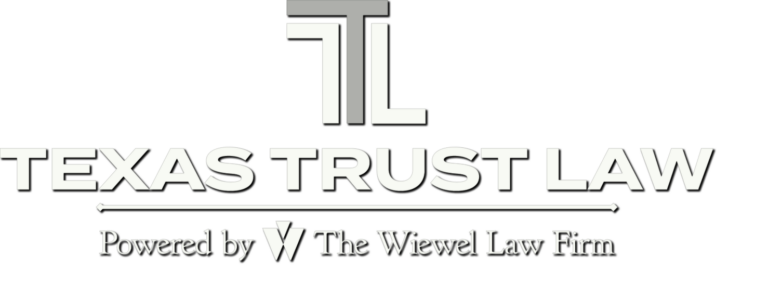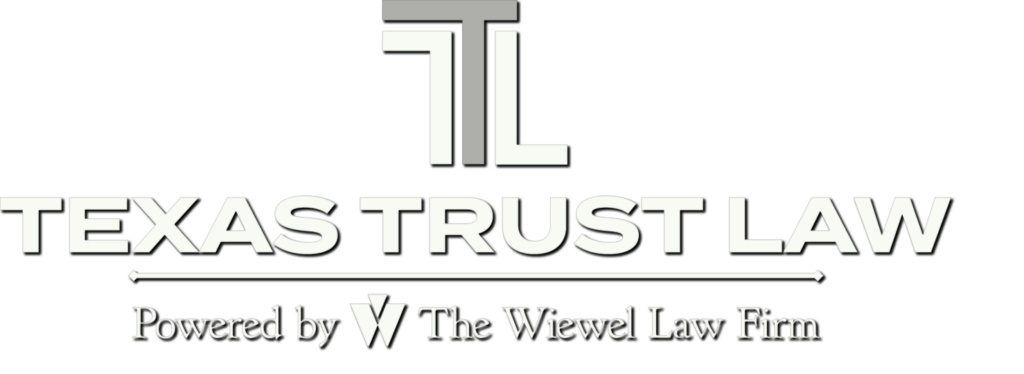December 27, 2023
Many seniors are missing out on tax deductions and tax savings, according to a recent article from The Wall Street Journal, “Four Lucrative Tax Deductions That Seniors Often Overlook.” The tax code is complicated, and changes are frequent.
Since 2017, there have been several major tax changes, including the Tax Cuts and Jobs Act, the pandemic-era Cares Act and the climate and healthcare package known as the Inflation Reduction Act. Those are just three—there’s been more. Unless you’re a tax expert, chances are you won’t know about the possibilities. However, these four could be very helpful for seniors, especially those living on fixed incomes.
The IRS does offer a community-based program, Tax Counseling for the Elderly. This community-based program includes free tax return preparation for seniors aged 60 and over in low to moderate-income brackets. However, not everyone knows about this program or feels comfortable with an IRS-run tax program.
Here are four overlooked tax deductions for seniors:
Extra standard deduction. Millions of Americans take the standard deduction—a flat dollar amount determined by the IRS, which reduces taxable income—instead of itemizing deductions like mortgage interest and charitable deductions on the 1040 tax form.
In the 2023 tax year, seniors who are 65 or over or blind and meet certain qualifications are eligible for an extra standard deduction in addition to the regular deduction.
The extra standard deduction for seniors for 2023 is $1,850 for single filers or those who file as head of household and $3,000 for married couples, if each spouse is 65 or over filing jointly. This boosts the total standard deduction for single filers and married filing jointly to $15,700 and $30,700, respectively.
IRA contributions by a spouse. Did you know you can contribute earned income to a nonworking or low-earning spouse’s IRA if you file a joint tax return as a married couple? These are known as spousal IRAs and are treated just like traditional IRAs, reducing pretax income. They are not joint accounts—the individual spouse owns each IRA, and you can’t do this with a Roth IRA. There are specific guidelines, such as the working spouse must earn at least as much money as they contributed to both of the couple’s IRAs.
Qualified charitable distributions. Seniors who make charitable donations by taking money from their bank account or traditional IRA and then writing a check from their bank account is a common tax mistake. It is better to use a qualified charitable deduction, or QCD, which lets seniors age 70 ½ and older transfer up to $100,000 directly from a traditional IRA to a charity tax-free. Married couples filing jointly can donate $200,000 annually, and neither can contribute more than $100,000.
The contributions must be made to a qualified 501(c)(3) charity. The donation can’t be from Donor-Advised Funds. This is a great option when you need to take the annual withdrawal, known as a Required Minimum Distribution or RMD, and don’t need the money.
Medicare premium deduction. A self-employed retiree can deduct Medicare premiums even if they don’t itemize. This includes Medicare Part B and D, plus the cost of supplemental Medigap policies or a Medicare Advantage plan. The IRS considers self-employed people who own a business as a sole proprietor (Schedule C), partner (Schedule E), limited liability company member, or S corporation shareholder with at least 2% of the company stock.
Remember, you must have business income to qualify, since you can deduct premiums by only as much as you earn from your business. You also can’t claim the deduction if your health insurance is covered by a retiree medical plan hosted by a former employer or your spouse’s employer’s medical plan.
Seniors should consult with an estate planning attorney make sure they are not missing out on possible tax deductions. If you would like to learn more about tax planning, please visit our previous posts.
Reference: The Wall Street Journal (Nov. 29, 2023) “Four Lucrative Tax Deductions That Seniors Often Overlook”
Image by Living Frames

















